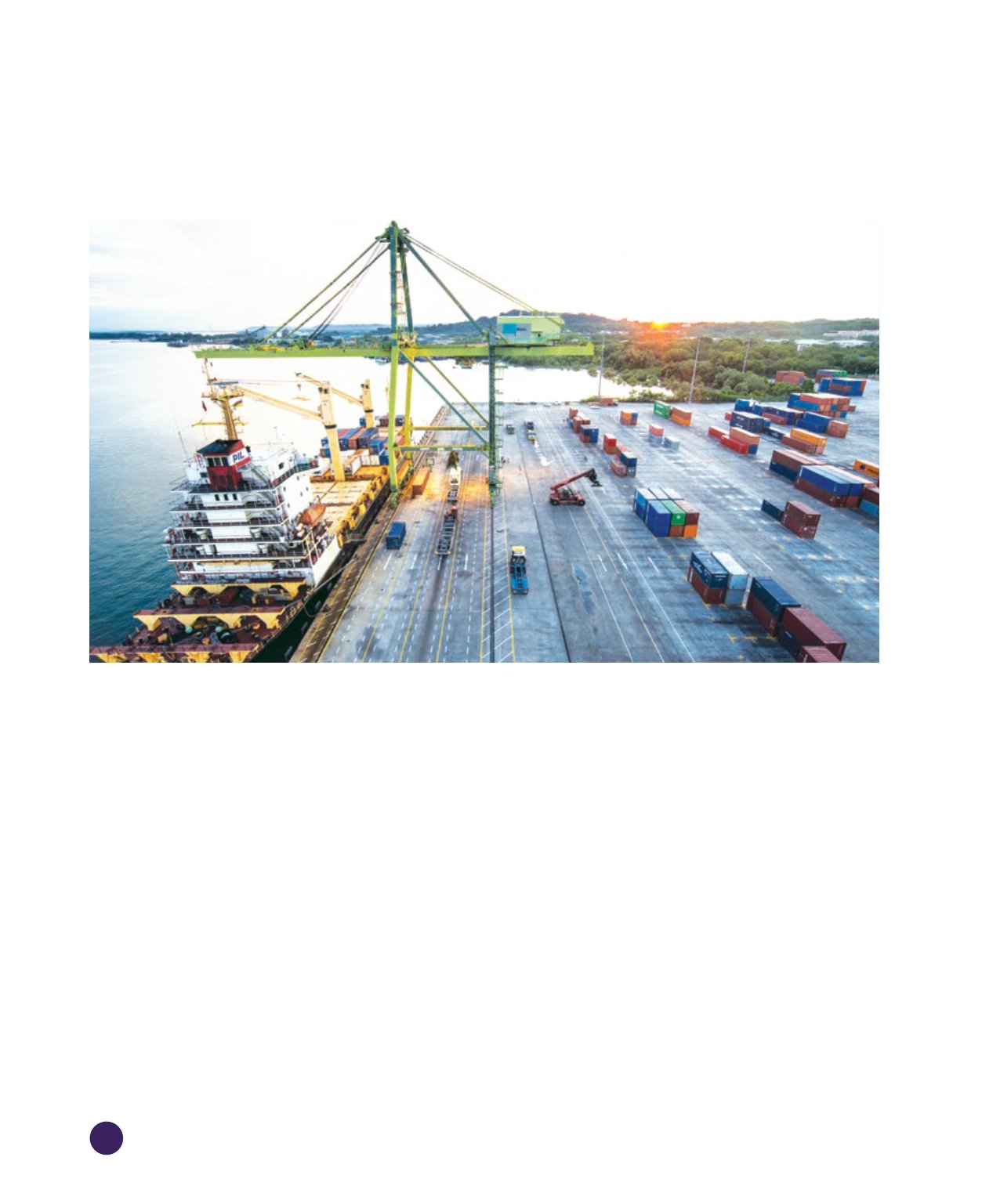

46
Borneo Bulletin Yearbook 2021
STRATEGIC LOCATION
Brunei Darussalam is strategically located at the
heart of ASEAN, enabling investors to reach a
wider market base within Southeast Asia and
beyond. Additionally, Brunei’s connectivity to the
growing economies within the region makes it an
ideal location for export-oriented activities.
ASEANmember countries have a total population
of approximately 650 million, a market that is
larger than the whole of the European Union.
The country provides a gateway and is located
within two to three hours away from other major
ASEAN cities such as Singapore, Kuala Lumpur
and Jakarta via direct ights.
Royal Brunei Airlines (RB) is the country’s ag
carrier and has been serving the nation since
its establishment in 1974. In 2018, RB of cially
launched its new eet of aircraft as part of its
eet modernisation programme.
Situated along South China Sea’s shipping
routes is Muara Port, serving as a container and
conventional terminal. Built in 1973 as a deep
water port, Muara Port is the main international
gateway for trade of Brunei, with 13 shipping
lines and connectivity to 15 ports regionally.
Muara Port is operated by Muara Port Company,
a joint venture between Darussalam Assets
Sdn Bhd and Beibu Gulf Holding (HK) Co Ltd.
Most of the shipping routes cover regional and
international destinations. All trade lanes include
Indonesia, Singapore, Malaysia, the Philippines,
Vietnam, Thailand, Cambodia, Myanmar, China,
Korea, Japan and other international connecting
ports.
Investors can leverage on Brunei’s strategic
location and its important trade routes, as well
as its access to raw materials from BIMP-EAGA
and key markets in Asia-Paci c and Oceania
through various free trade agreements.
Taking these factors into consideration, Brunei
can be an ideal destination for foreign direct
investment (FDI) companies to establish their
regional trading, processing and distribution
operations to cover the market within BIMP-
EAGA, ASEAN, China and Australia, among
others.









